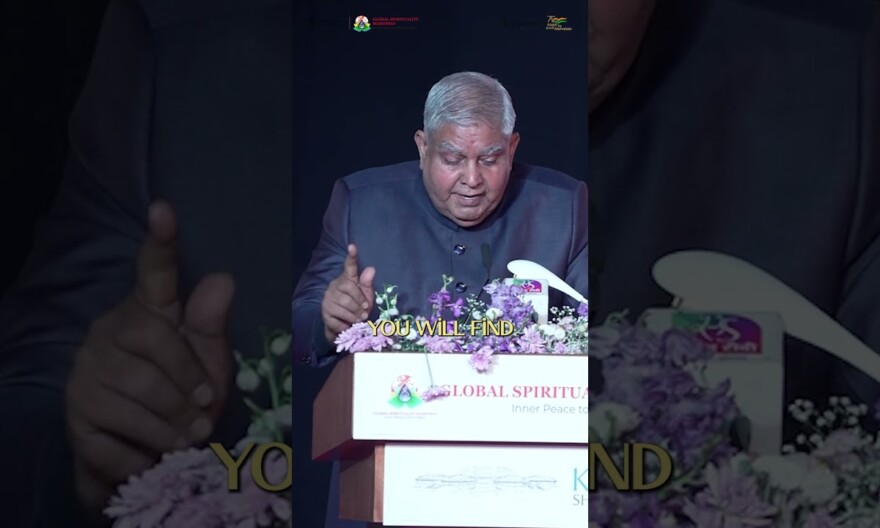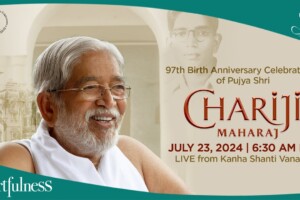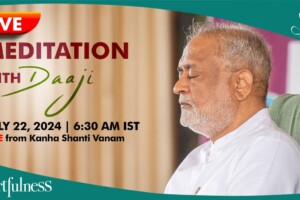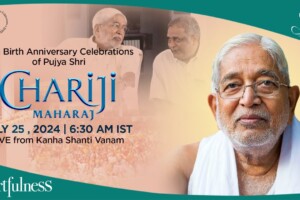
The blog post delves into the profound spiritual essence encapsulated in Indian dance forms. It explores how each movement, gesture, and expression embodies the rich cultural heritage and divine storytelling tradition of the ancient art forms. From the graceful movements of Bharatanatyam to the vibrant energy of Kathak, each dance form offers a unique glimpse into the spiritual journey of the dancer, connecting the physical realm with the metaphysical world. Join to uncover the spiritual depth and beauty woven into the intricate rhythms and enchanting narratives of Indian dance.
The Spiritual Essence of Indian Dance Forms
Introduction
Exploring the depths of cultural storytelling and spiritual connection through movements, Indian dance forms have captivated audiences worldwide with their grace, emotion, and intricate symbolism. The amalgamation of rhythm, expression, and spirituality in these traditional art forms opens a gateway to understanding the rich heritage and beliefs embedded within Indian culture. Let’s delve into the spiritual essence of Indian dance forms and unveil the mystical narratives woven through every step.
The Dance of Tradition and Devotion
Indian dance forms are not merely a physical expression but a profound spiritual journey that honors ancient traditions, myths, and legends. Each movement, from the subtle eye gestures to the vibrant footwork, tells a story deeply rooted in mythology and spirituality.
-
Bharatanatyam: Originating in Tamil Nadu, Bharatanatyam is known for its intricate footwork and expressive storytelling. It embodies the essence of devotion, with movements dedicated to depicting tales of gods and goddesses.
-
Kathak: Hailing from North India, Kathak mesmerizes with its graceful spins and rhythmic footwork. It carries a Sufi influence, blending devotion with the art of storytelling through expressive gestures.
-
Odissi: Emerging from the temples of Odisha, Odissi dance exudes a divine aura with its fluid movements and sculpturesque poses. It celebrates the spiritual connection between the dancer and the divine.
-
Kuchipudi: With its roots in Andhra Pradesh, Kuchipudi showcases a blend of grace and vigor in its movements. It weaves narratives from Hindu epics, bringing to life the tales of gods and goddesses through intricate choreography.
Embodiment of Devotion and Expression
Indian dance forms serve as a medium to express devotion, emotions, and spiritual narratives through a harmonious blend of movement and expression. The intricate mudras, abhinaya (expressions), and rhythmic patterns in these dances transcend physical boundaries, delving into the realm of spiritual experience.
-
The Natya Shastra, an ancient Indian treatise on performing arts, emphasizes the intertwining of bhava (emotion), raga (melody), and tala (rhythm) in dance forms to evoke spiritual sentiments.
-
The dance compositions, known as varnams and padams, articulate intricate stories of love, devotion, and mythology, evoking a sense of spiritual connection with the audience.
-
The dance attire, embellished with vibrant colors and intricate designs, symbolizes the divine beauty and grace that permeates through the dancer’s movements, creating a visual spectacle of spiritual reverence.
The Sacred Union of Body, Mind, and Spirit
Indian dance forms embody the philosophy of unity between the body, mind, and spirit, elevating the dancer to a transcendental state of consciousness where divinity merges with artistry. The rhythmic sequences, expressive postures, and melodic compositions synchronize to create a spiritual symphony that resonates with the soul.
-
Through rigorous training and devoted practice, dancers attain a state of samatvam (equanimity), where the physical, emotional, and spiritual aspects converge harmoniously to create a transcendent experience for both the performer and the audience.
-
The rhythmic footwork, known as tatkar, symbolizes the rhythm of the universe, aligning the dancer’s movements with the cosmic vibrations to establish a spiritual connection with the divine.
-
The mandala, a sacred geometric pattern created through circular movements in dance, represents the interconnectedness of all beings and embodies the spiritual union of the dancer with the cosmos.
Conclusion
In conclusion, Indian dance forms transcend the boundaries of physical expression to embody the spiritual essence of devotion, storytelling, and cultural heritage. Through intricate movements, expressive gestures, and rhythmic patterns, these traditional art forms weave a tapestry of spirituality that resonates with audiences on a profound level. The spiritual journey embarked upon by dancers through Bharatanatyam, Kathak, Odissi, and Kuchipudi not only celebrates the rich legacy of Indian culture but also serves as a gateway to experiencing the divine through the art of movement.
FAQs:
- How can one experience the spiritual essence of Indian dance forms firsthand?
- What role do storytelling and mythology play in the narratives depicted through Bharatanatyam and Kathak?
- Are there specific gestures and postures in Odissi and Kuchipudi that symbolize spiritual concepts?
- How does the rhythm and melody in Indian dance forms contribute to the overall spiritual experience?
- Where can enthusiasts learn more about the history and significance of Indian dance forms in relation to spirituality?





